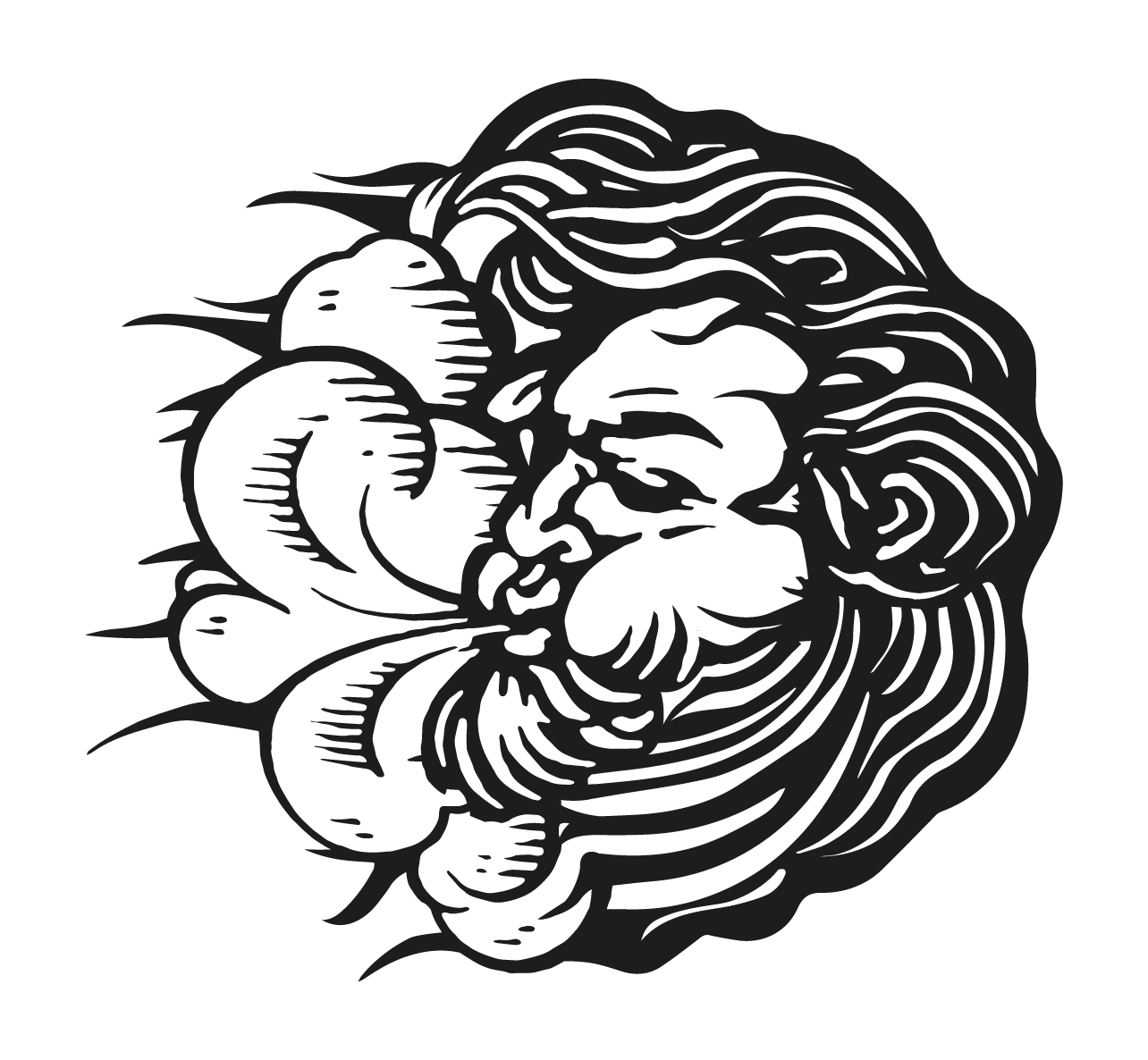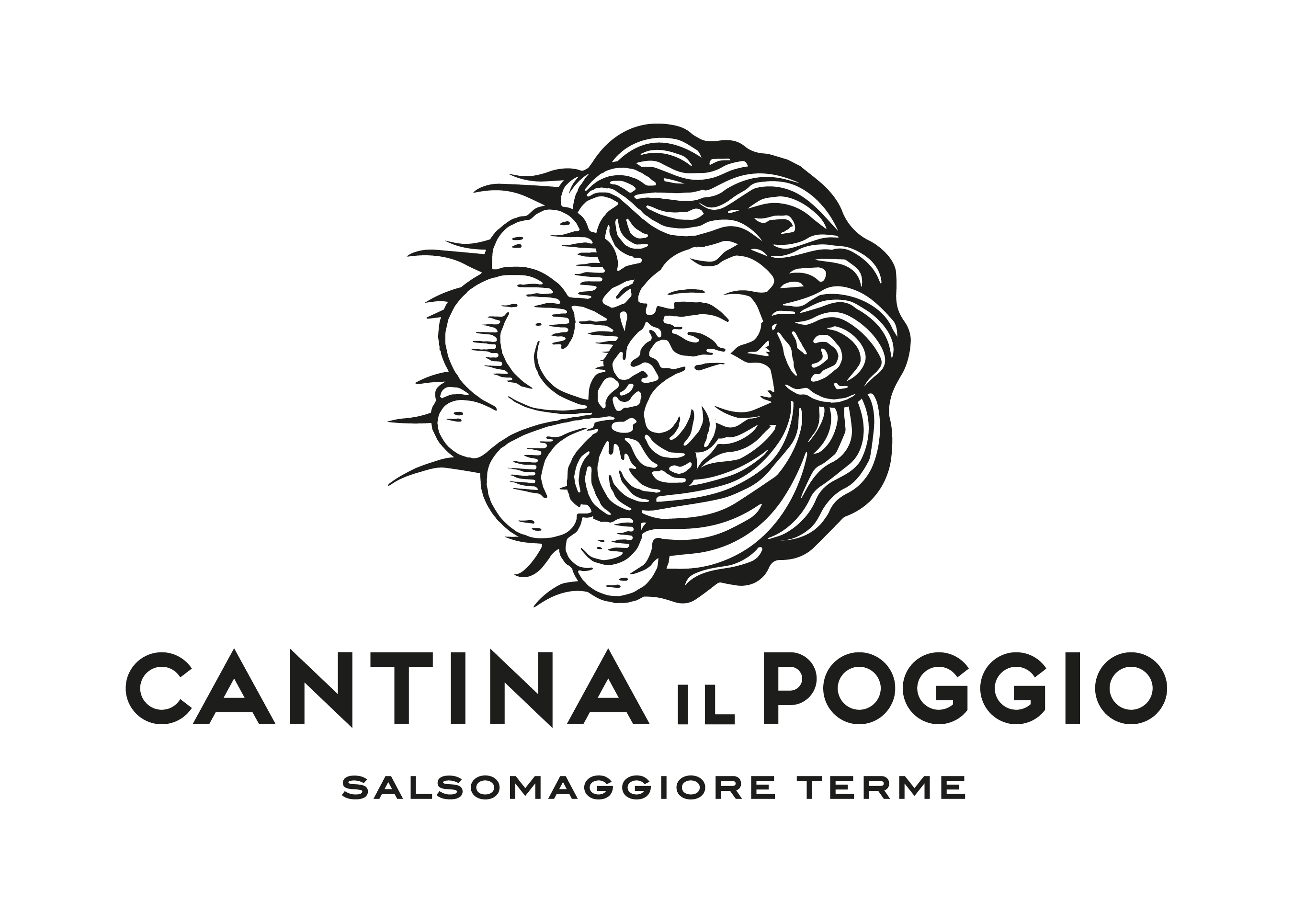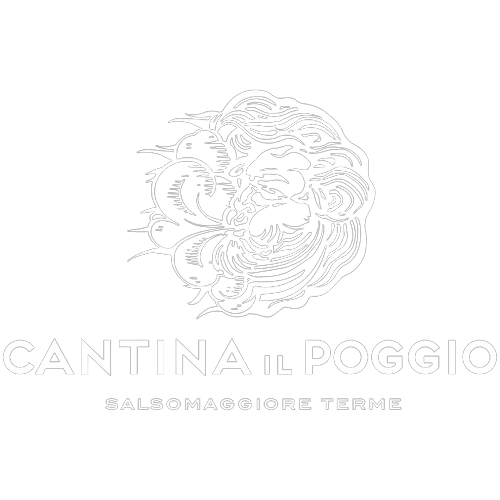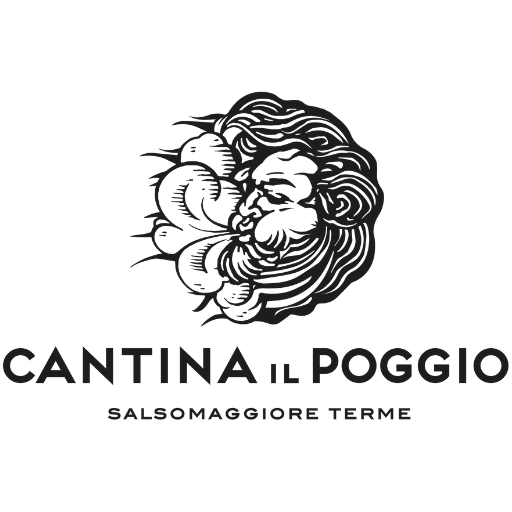When Charmat stole the method from Martinotti
Martinotti or Charmat Method?
What does “spumante” mean? Where the word “Metodo Classico” comes from? I just want a “pas dosé”!
Let’s understand once and for all the meaning of “spumante“, how it differs from a sparkling wine, what the Martinotti-Charmat method and the Metodo Classico mean.
Because when you choose a bottle of wine, whether at a bar or a wine shop, you should know what to choose, how to choose it, and, above all, be aware of what you are drinking.
Here at Cantina Il Poggio, we enjoy sharing and teaching the wine culture, both during tastings and online!
Let’s get started with a little bit of history!
How the Martinotti – Charmat Method was born
Let’s start with Federico Martinotti, an oenologist who played an active role in the fight against phylloxera. He was the inventor of the simple split grafting technique and, due to his moral integrity and professionalism as a perfect scientist, he became the director of the Royal Oenological Station in Asti.
In the late 19th century, Martinotti conceived a machine, the autoclave, which was meant to transform still wine into sparkling and/or spumante. Martinotti simply had to fulfill a market demand: producing larger quantities of wine and reducing production costs.
Although our compatriot tried to improve the functioning of the machine, while he was presenting the project at a conference attended by top professionals, a certain Monsieur Charmat, grasped the real potential of the autoclave. He took the project to France, where there was more availability of materials, and patented the modern autoclave.
The French did a great job, didn’t they? But this time, we can’t call them thieves! 🤣
The Charmat Method may not be our oenological masterpiece like the Mona Lisa, but it represents the economic situation at that time. France was a steel factory, especially in the railway sector, so they could produce large steel structures of enormous dimensions.
What about Italy? The maximum size available at the time was a regular bathtub, which means about one and a half meters high.
Unfortunately, Martinotti never managed to go beyond the design thinking of the method, not even conducting minimal experiments: the reinforced concrete containers he found as an alternative would collapse under increasing pressure, and wooden barrels couldn’t even withstand it!
On the other hand, Charmat experimented with real stainless steel, obtaining and perfecting patents getting to today’s autoclave.
From that day forward, this new technology, which enabled the production of large quantities of sparkling and spumante wines, had completely revolutionized the consumption of sparkling wines, in Italy and in the world.
The advantages of the Martinotti – Charmat Method in winemaking
The Martinotti – Charmat method, since it has always been used to produce large quantities of wine, often of lower quality, unfortunately, is a method disregarded by snob connoisseurs, but actually highly appreciated by the general public.
Guess how Prosecco is made? Guess which wine is the best-selling in the world? Exactly 😉
The autoclave is not to blame for this, although we must admit that it certainly lacks the same charm as the traditional method, where the bottle and time play the main role.
However, it is important to understand that the autoclave allows certain grape varieties (especially aromatic ones, just like Malvasia Aromatica di Candia) to maintain and enhance their fresh and aromatic notes and produce a product at a more affordable price, but it does not mean less valuable.
What is not valuable is the exploitation by large wineries that produce industrial quantities without any regard for the authenticity of the product.
Martinotti – Charmat Method or Champagne Method: what is the difference?
First of all, it is necessary to clarify the difference between a sparkling wine and a spumante (Italian sparkling wine): both certainly have bubbles, which is obvious to everyone. The first difference is the pressure: a spumante is considered as such when the pressure is more than 2.5 bar ( Parmigianino, for example, has 4.8). Other differences concern aesthetic factors such as the type of bottle and the type of cork.
The Martinotti-Charmat method differs from the Champagne Method because in the former, the sparkling process occurs in the autoclave, while in the latter, it happens in the bottle.
The Champagne Method originated in the Champagne region in the late 1600s, thanks to the abbot Pierre Pérignon who discovered the method of double refermenting the wine in the bottle. No sparkling wine produced outside the Champagne region can be called Champagne (in fact, in France, sparkling wines produced using the same methodology but outside the region are identified as Cremant).
And what about Metodo Classico? It’s simply the name we have adopted in Italy to designate our spumante that double refermented in the bottle and follows all the steps of a the Champagne. In Spain, for example, the most important spumante is Cava.
Next time you go for an aperitif, if you choose a Prosecco, you are most likely opting for the Martinotti-Charmat Method; if you choose Franciacorta (or Trento DOC or Alta Langa), you are almost certainly choosing the Metodo Classico.
The technique of refermenting in the bottle and aging on the lees gives to the wine flavors that resemble bread crust and aromas reminiscent of pastry products. The sparkling process in an autoclave, on the other hand, as mentioned earlier, maintains and enhances the fruity notes and floral hints that are typical of the grape variety.
There are no better or worse methods, it’s just a matter of personal taste 😊
Brut, Extra-Brut, Extra-Dry, Pas Dosé: How to Choose?
We’ll talk about this next time!
Our Wine Club students, the wine course taking place in May at Cantina, will definitely be selecting bottles starting from Brut and beyond 🤣!

Anyway, in the meantime, during our guided tours we give a nice smattering of notions and some goodies in the tasting phase! So let’s come visiting us!
Summer has just begun and we are waiting for you all for celebrating all together🍾 ! And for a real-time update, follow us on social media 😎
So? What will be the next spumante you’re goingto drink? I highly recommend you our Parmigianino 🤫
I hope you guys find helpful this article to better understand the world of the sparkling ones. Please, feel free to contact us or leave a message down below if you’re more curious about the topic and you want to interact with us. We are more than willing to talk about wine!
Cheers 🥂
Alessandra



